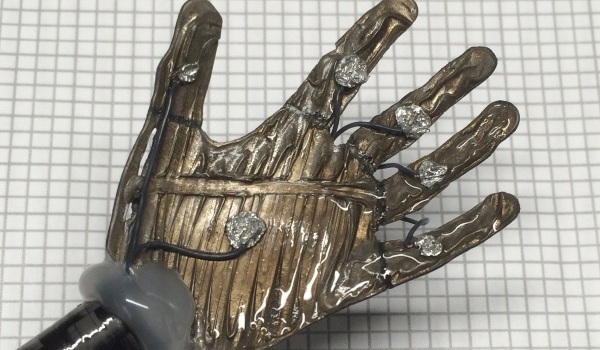Robots have long been used to ease up the work of humans. They can be used for cleaning houses, operating devices, to communicate, or build objects. But after all, they have rigid parts and cannot perform multiple operations, move around difficult spaces and perform versatile movable operations. This is mainly due to the fact that they are made of solid materials and lack flexibility. But with a new age technology of soft robotics emerging, these manoeuvers will be possible.
Researchers from America, Korea and Japan recently joined hands at the National Science Foundation Project to create 3D printed soft robotic devices.
The goal of this innovation is to create real and functional robotic muscles that could be used to develop prosthetic muscles for disabled people. Though real looking hands have been developed numerous times, they sadly do not function so.
Kwang Kim, a professor at the University of Nevada, Los Angeles, recently collaborated with the NSF’s Partnership for Research and Education Program (PIRE), Korea Advanced Institute of Science and Technology (KAIST) and Japan’s institute of Advanced Industrial Science, to develop realistic robot muscles.
He had to first look for a suitable material that was though soft but strong and flexible to be controlled and operated by electronic devices. The material finally chosen for this task was Ionic Polymer-Metal Composites, a synthetic material wherein electricity could alter its shape. As stated by Kam Leang, an associate professor at the Utah University, the robotic device had to move and sense and hence, the electroactive polymer was used.
The electroactive polymer can be used to sense motion and be controlled used electronic currents.
A method was devised to 3D print the components and tests are ongoing to scale the 3D printing process and control the working of the polymer. The researchers claim that since it is an absolutely novel field, that they learning new things every day.
Source: 3ders.org
